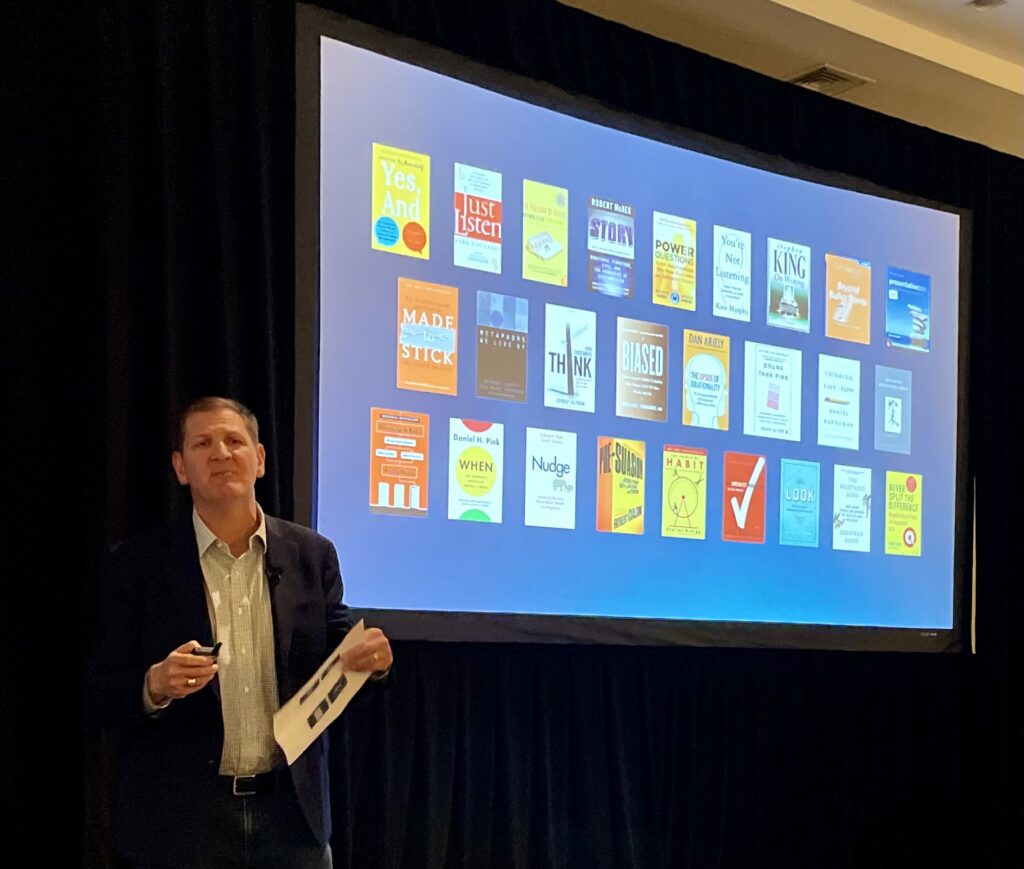
From July 14-18, trial attorneys from across the country will converge on the Pennsylvania Convention Center in Philadelphia for the American Association for Justice’s (“AAJ”) 2023 Annual Convention.
Levinson and Stefani’s founding partner, Ken Levinson, will be giving the three following presentations:
July 14th: The Melvin M. Belli Societies’ 75th Annual Seminar – “Top Non-Legal Books Trial Lawyers Need for Their Practice.”
July 16th: The Advocacy Track: Freedom of Trial: Methods to Identify and Overcome Various Forms of Jury Bias Program – “What Focus Groups Have Taught Us About Presenting Our Cases.”
July 17th: The Truck/Bus Litigation Group Program – “Most Recent Trends for Focus Groups and Framing Your Client’s Truck and Bus Crash Case.”
Ken founded his firm in 2014 in order to offer client-first legal representation for victims of personal injury from auto, truck, and bus crashes. Ken is a co- author of Litigating Major Automobile Injury and Death Cases, published by AAJ Press/Thomson-Reuters. Ken holds leadership roles with the American Association for Justice and the Chicago Bar Association. Ken also sits on the Illinois Trial Lawyers Association Board of Managers.





